The Wilpattu National Park is both the largest and the oldest National Park in Sri Lanka. It gained popularity due to the high prevalence of Sri Lankan Leopards and is still regarded as one of the best places to go to spot a leopard in its natural habitat. It is also home to a diverse range of wildlife which includes the highly threatened Sri Lankan Sloth Bear as well as the Sri Lankan Elephant.
History
Declared a sanctuary in 1905 and upgraded to National Park status in 1938, the Wilpattu National Park is located on the west coast close to the ancient city of Anuradhapura .The jungle is dry zonal and fairly thick, intersected by flood plain lakes. A topographical feature particular to this part of the island is the abundance of villus, or natural lake-like basins which dot the landscape in the Wilpattu National Park. Except for two, all the others contain rainwater and thus are important for resident and migratory water-birds.The history of the park is also of interest with ancient ruins having been discovered here. Queen Kuweni (considered to be the mother of the Sinhala race as it is out of her marriage to the first king of Sri Lanka that its people were born) is said to have lived in the place known as Kalli Villu. Historical evidence also points to the fact that Prince Saliya son of King Dutugemunu (an ancient king of Sri Lanka from 161 to 137 BC) lived in Wilpattu over 2,000 years ago. Urns from ancient times have been excavated in Pomparippu which borders the park. Between the villages of Palangaturai and Kollankanatte are the remains of an old harbour.
Tourism
From December 1988 to March 16, 2003, the park was closed due to Security Concerns the Country was facing. After nearly 16 years, it was reopened to visitors. Visitors can currently only tour some 25% (75% of the park is dense forest or scrub) of the park. The best time to visit Wilpattu is during the months of February and October. There are a few private eco-tourism groups that show tourists around the park in Safari like trips.The Annual Rainfall is about 1000mm and the annual temperature is about 27.2 degrees. Inter-monsoonal rains in March and the northeast monsoon (December – February) are the main sources of rainfall.
Wildlife
There are 31 recorded species of mammals in the Wilpattu National Park which include the Sri Lankan Elephant, Sri Lankan Leopard, Sri Lankan Sloth Bear, Spotted Deer, Water Buffalo, Sambar, Mongoose, Mouse and Shrew. The Wilpattu National Park is also considering extending its boundaries to include The Dutch Bay and Portugal Bay in order to protect the endangered Dugong.
Birdlife
Reptiles and Amphibians
The most common reptiles found in Wilpattu are the Monitor Lizard, Mugger Crocodile, Common Cobra, Rat Snake, Indian Python, Pond Turtle and the Soft Shelled Turtle. Most of these reside in the Park’s numerous villus.Flora
Many species of flora can be identified in the Wilpattu National Park such as Palu (Manilkara hexandra), Satin (Chloroxylon swietenia), Milla (Vitex altissima), Weera (Drypetes sepiaria), Ebony (Diospyros ebenum) and Wewarna (Alseodaphne semecarpifolia). Three distinct types of vegetation are prominent; salt grass and stunted shrub bordering the coastal area, a coastal strip of approximately three to six miles of monsoon scrub and dense monsoon forests further inland.Tanks and Irrigation
The Wilpattu National Park is home to a large number of tanks and irrigational structures, some of which were constructed by the ancient rulers of the ancient kingdoms of Sri Lanka.
Kala oya Modaragam aaru Andara gollawa
Kumula Tanka Pan ela
Pharijja ela Kikiliya Weerakuti
Maha wewa Mail villu Marai villu
Periya naga Periya Maduru oya
Kali Pannika Panikkar
Talai Mana Kumuttu
Kokari Kuruttu pandi Maha pate
Amutawal Borupan Demata thibiri
Kuda patessa Amutawal
Kubuk Denigala ela
Map

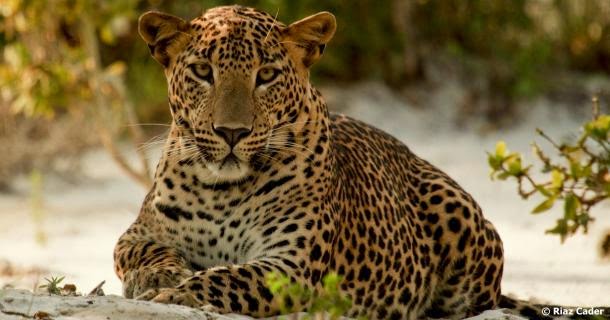.jpg)
.jpg)
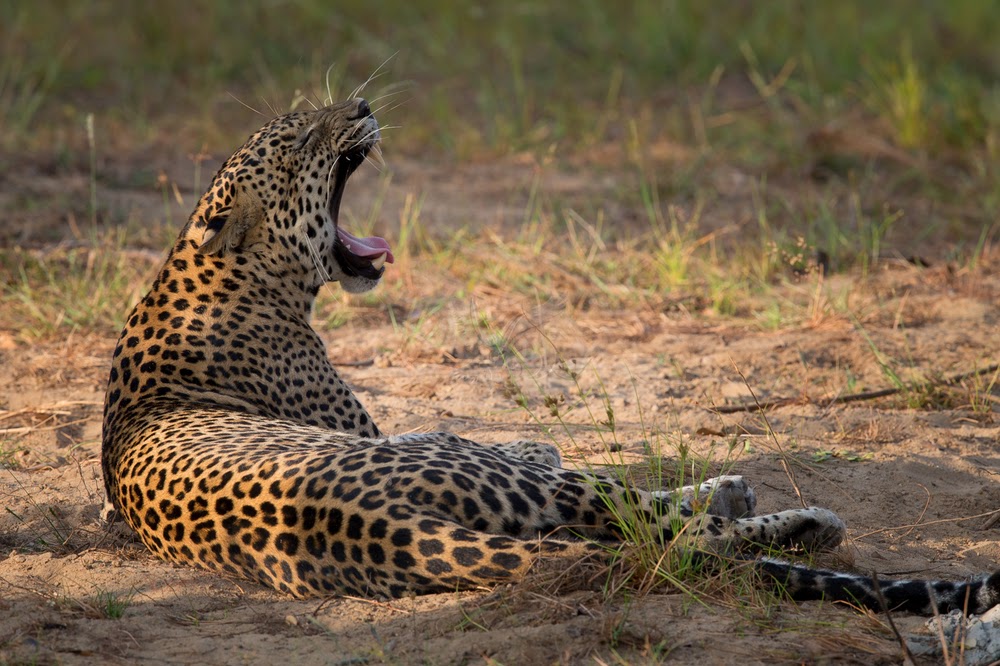.jpg)
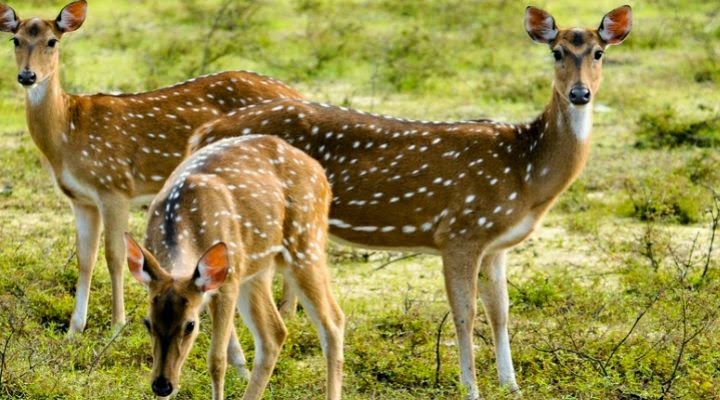.jpg)
.jpg)
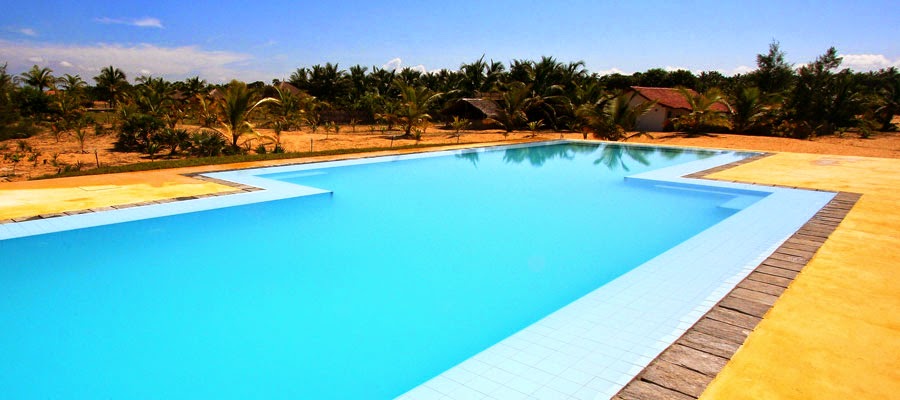.jpg)
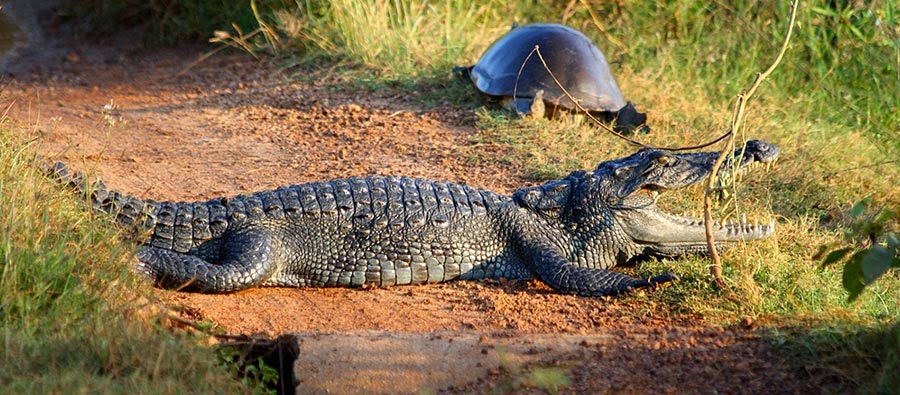.jpg)
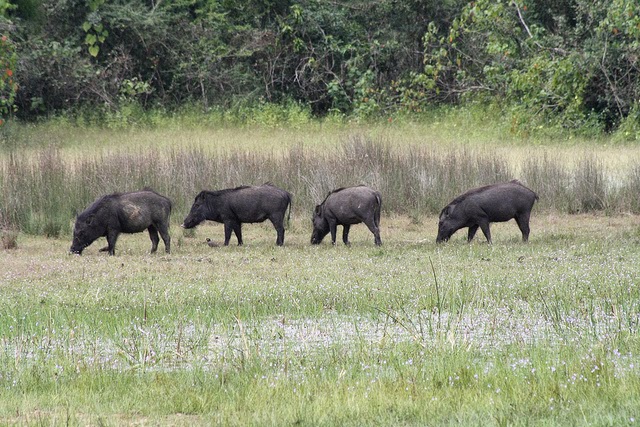.jpg)
.jpg)
.jpg)
.jpg)
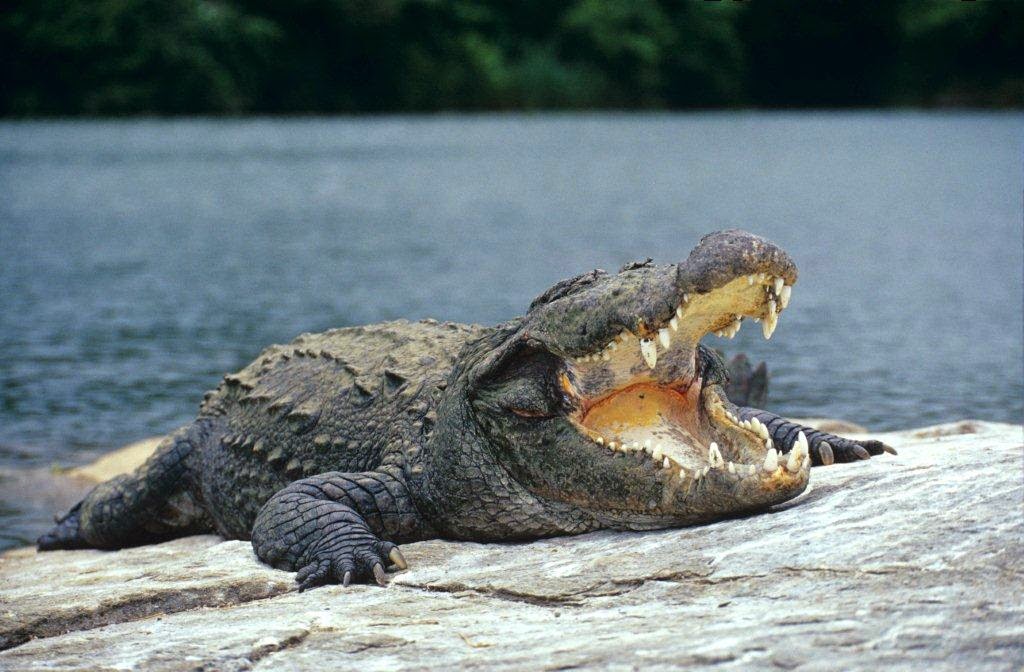.jpg)

0 comments:
Post a Comment